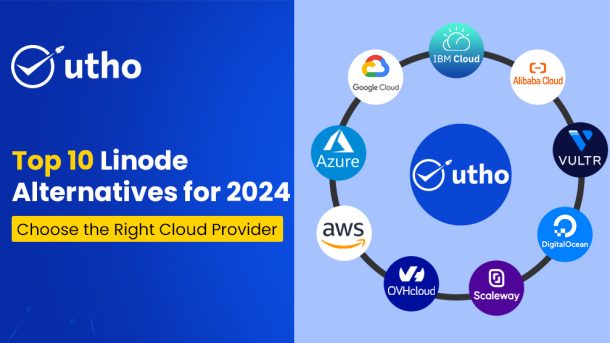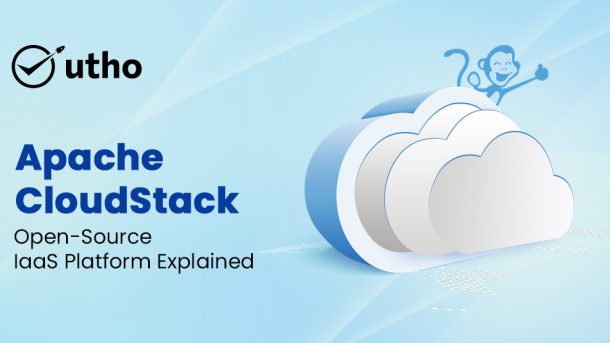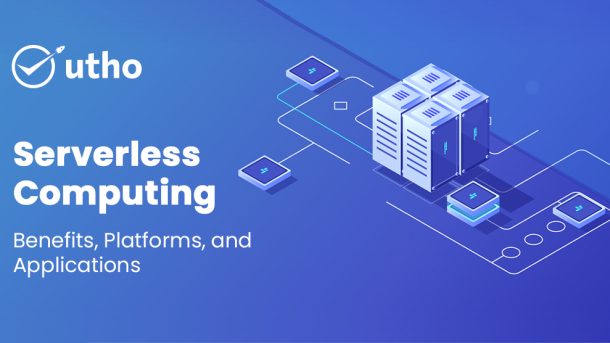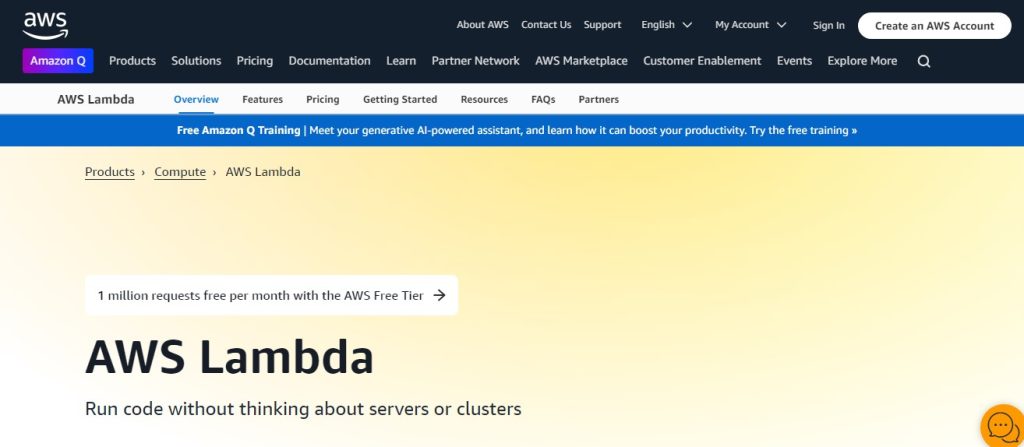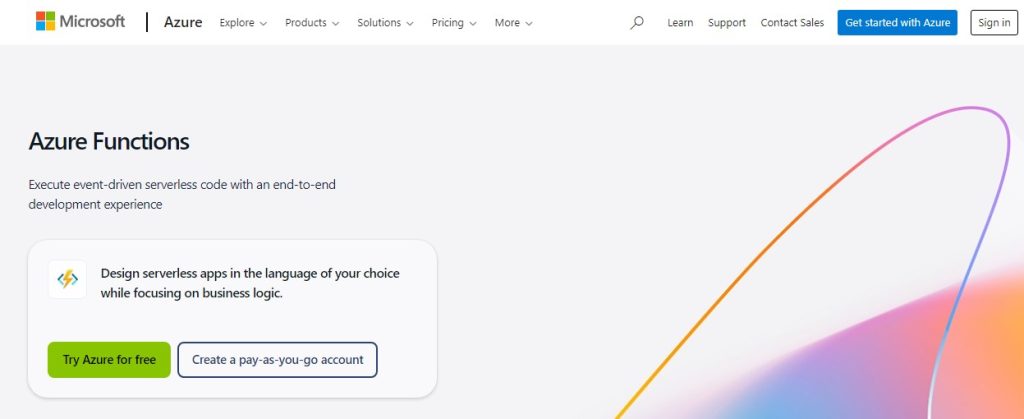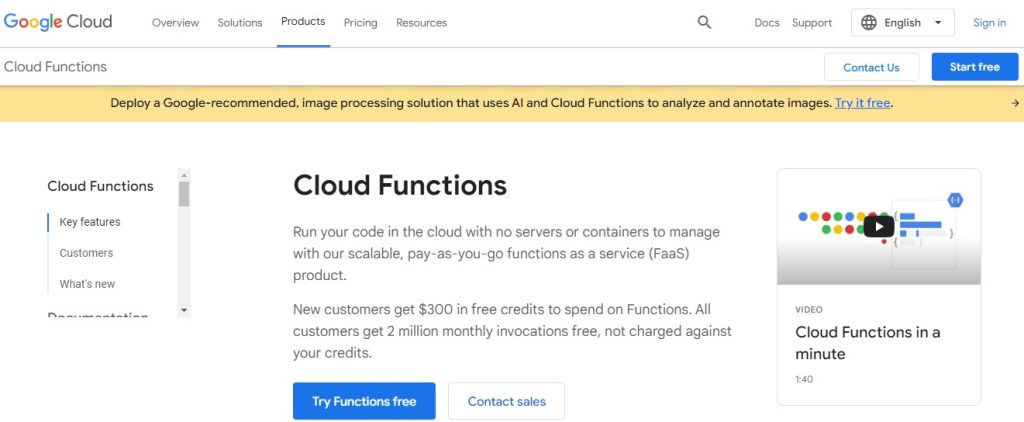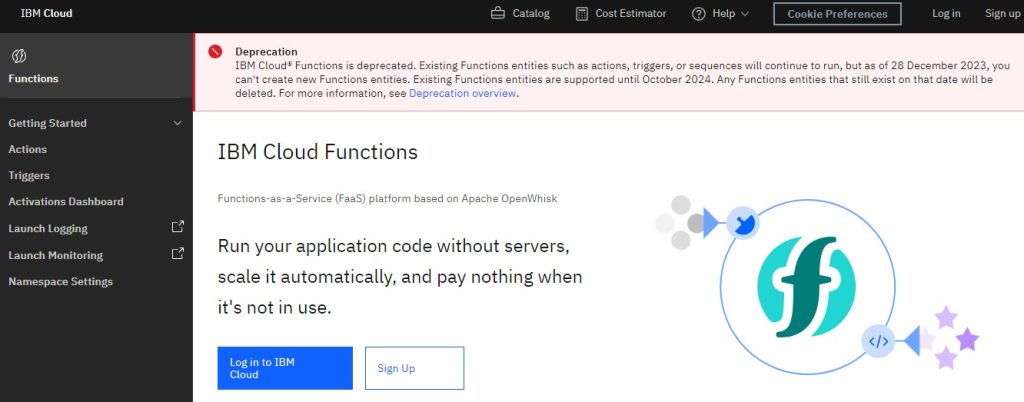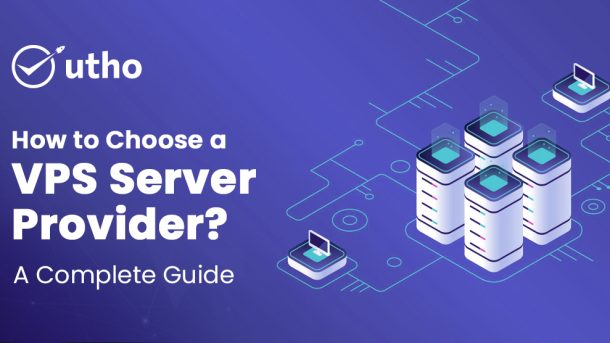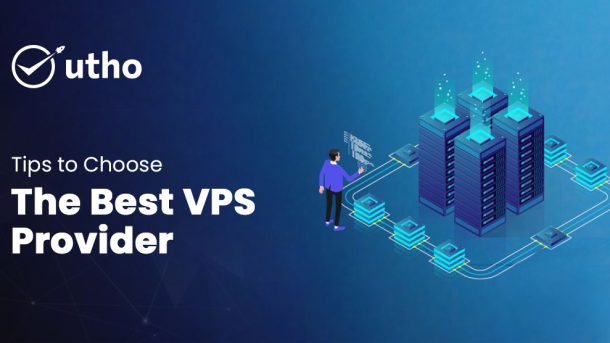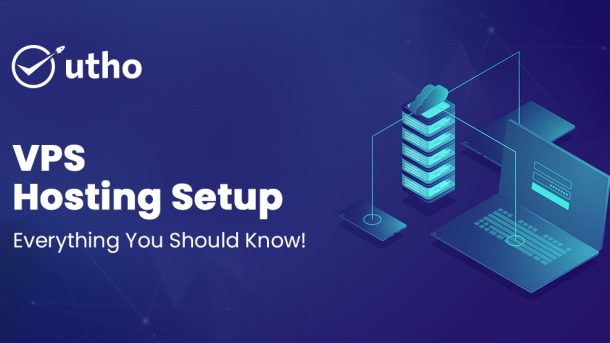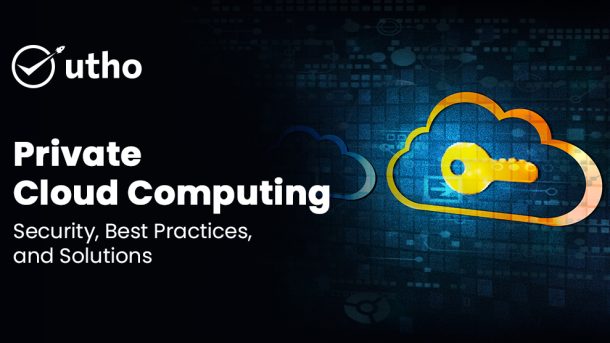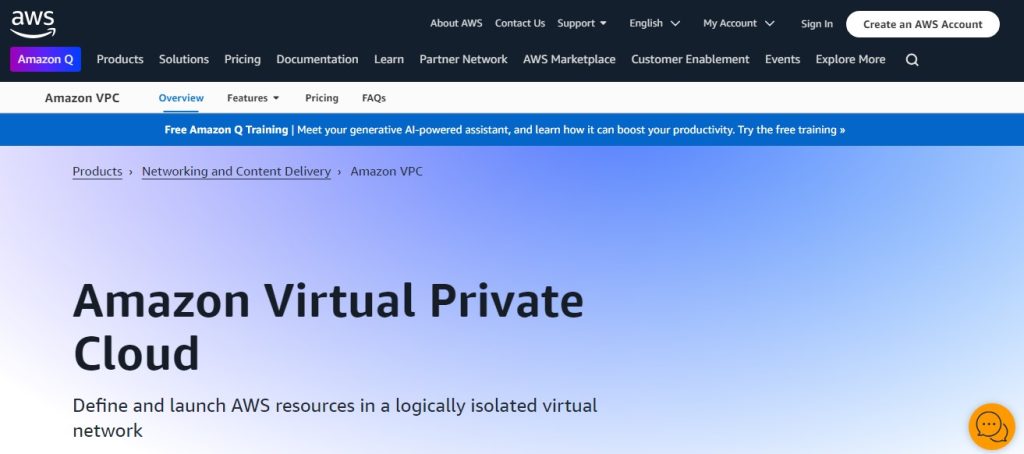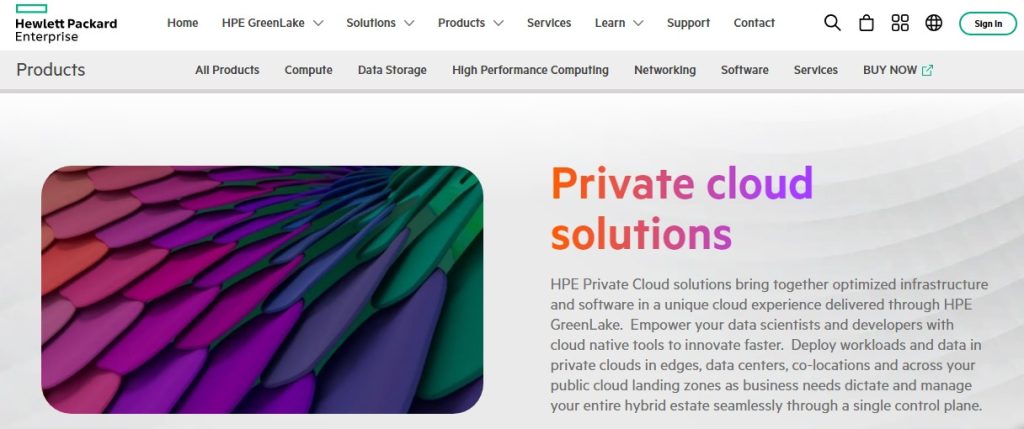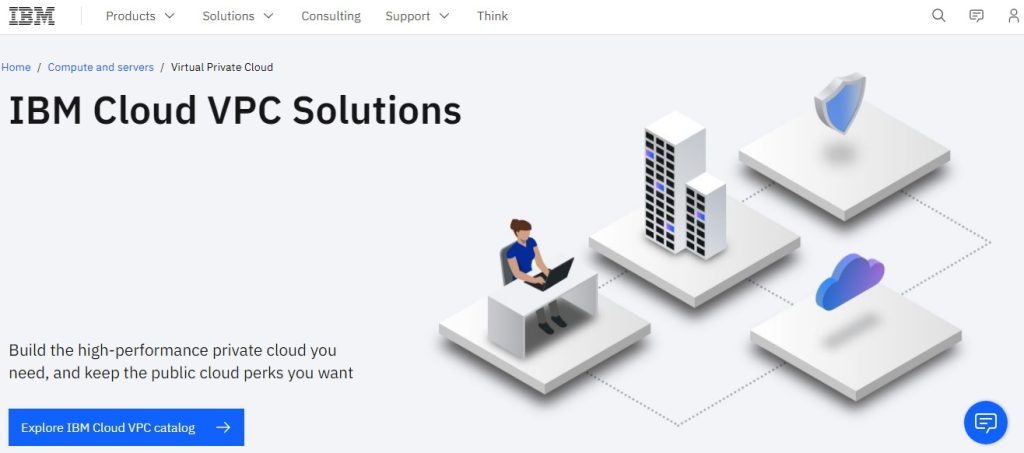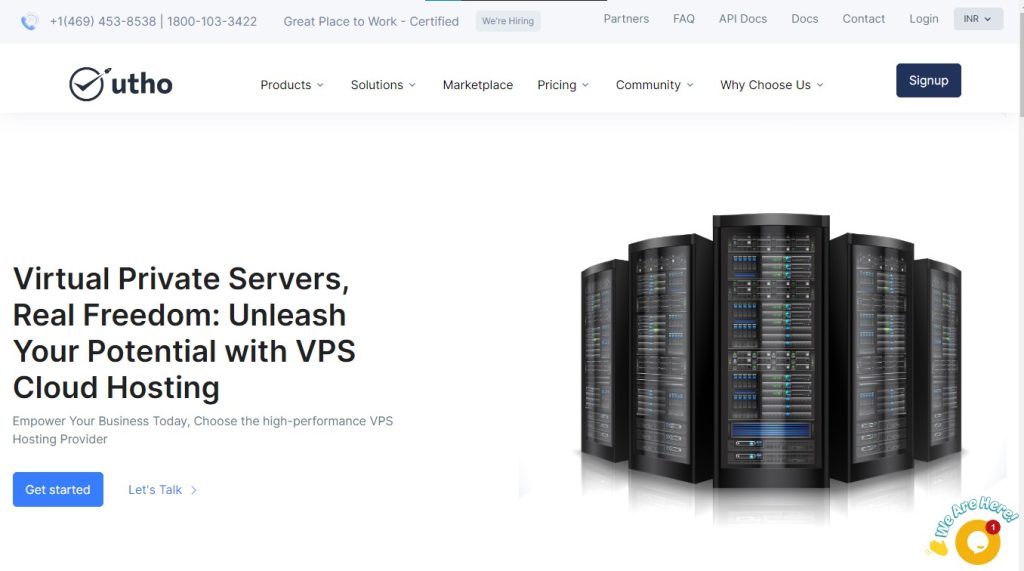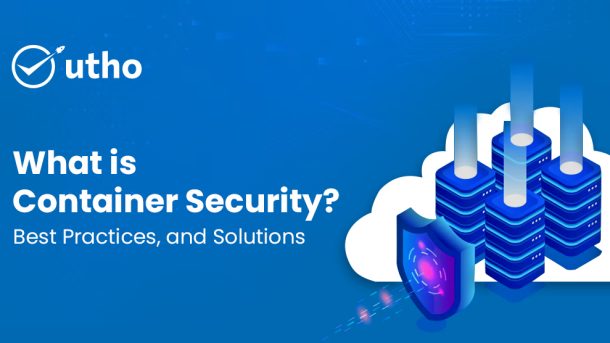Choosing a cloud provider is a key business decision. It goes beyond just technical concerns. It affects a business's growth, efficiency, and innovation, and can have a significant impact.
The right provider brings many benefits, while the wrong one can lead to higher costs and operational problems.
This decision affects many areas, like data management and customer experience. So, we must carefully weigh cloud hosting options.
Although Linode is a strong cloud. Mixed Reality hosting provider, it may not be the best fit for every business.
Every business has unique needs. Exploring other providers may find a better solution. This guide outlines key factors for selecting a cloud provider.
It covers both large providers like AWS, Azure, and GCP, and cost-effective, specialized alternatives.
Key Considerations When Choosing a Cloud Provider It is crucial to find the right cloud provider for your business. Here are ten critical factors to consider:
Cost Efficiency
The financial impact of a cloud provider is significant. The most cost-effective Linode alternatives don’t just offer competitive prices; they provide transparent billing and cost management tools to help you stay within budget. Look for flexible pricing models that align with your usage patterns.
Diverse Product and Service Offerings
A wide range of services, from basic hosting to advanced AI and big data solutions, can help businesses scale and diversify without needing to switch providers. Linode alternatives with cutting-edge technology, seamless integration, and customization options are ideal.
Target User Base
Providers vary in the complexity and scalability of their services based on their target user base. Ensure the Linode alternative you choose aligns with your business size and needs, whether it’s SMBs or large enterprises.
Support and Resources
Reliable support is crucial for uninterrupted cloud operations. Look for Linode alternatives that offer 24/7 customer service, responsive teams, and comprehensive resources like documentation and forums.
User Experience
An intuitive user interface and straightforward navigation are vital for efficient cloud management. Providers that offer user-friendly dashboards, clear documentation, and simplified processes help maximize productivity, making them suitable Linode alternatives.
Scalability
The ability to scale resources seamlessly is essential. Linode alternatives that offer flexible scaling options can help businesses adjust to growth phases or fluctuating demands without unnecessary costs or downtime.
Integration Capabilities
Seamless integration with existing tools and workflows is crucial. Providers offering extensive integration options with popular tools like CRM systems, project management software, and data analytics platforms are preferred as Linode alternatives.
Global Infrastructure
A robust global presence impacts service performance and availability. Linode alternatives with a wide network of data centers ensure lower latency and higher reliability for businesses with global or expanding customer bases.
Security and Compliance
Security is a fundamental concern in cloud services. Linode alternatives that comply with industry standards like ISO 27001 and SOC 2 and offer advanced security measures like encryption and multi-factor authentication are highly recommended.
Reputation and Reliability
A provider's reputation reflects its reliability and quality of service. Engaging with industry peers and reviewing a provider’s history of handling outages, updates, and customer support issues can provide valuable insights into the right Linode alternative.
Top 10 Linode Alternatives for 2025
Amazon Web Services (AWS)
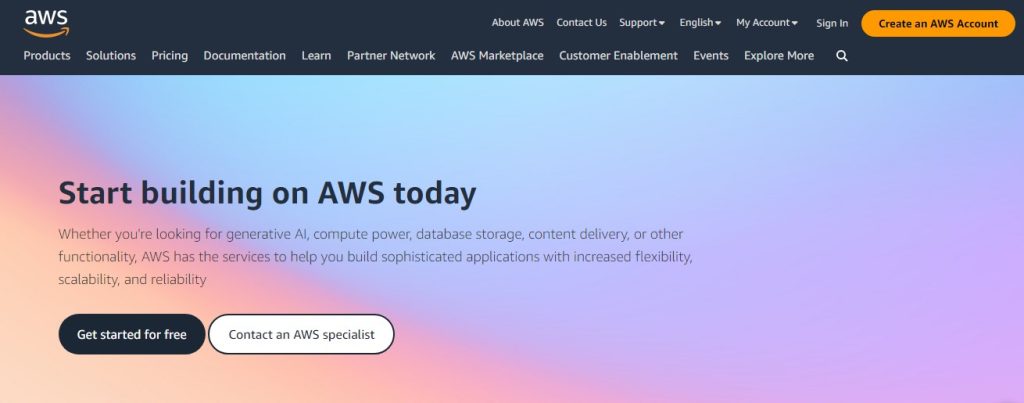
Overview:
Amazon Web Services (AWS) is a market leader in cloud services, known for its extensive range of offerings that cater to businesses of all sizes. AWS is a strong Linode alternative due to its robust infrastructure and focus on innovation and versatility.
Key Features:
- Over 200 fully-featured services: Including computing, storage, databases, AI, and machine learning, AWS provides businesses with the tools they need to innovate and scale.
- Extensive global network: AWS's vast infrastructure with multiple data centers ensures low latency and high availability across the globe.
- Advanced security and compliance: AWS offers strong security features and adheres to top industry standards such as ISO 27001 and SOC 2, ensuring your data is always protected.
Benefits:
- Ideal for large enterprises looking for comprehensive cloud solutions with advanced capabilities like AI, machine learning, and big data processing.
- Global infrastructure ensures businesses can operate seamlessly in different regions.
- Highly versatile, offering everything from simple storage solutions to complex multi-cloud deployments.
Google Cloud Platform (GCP)
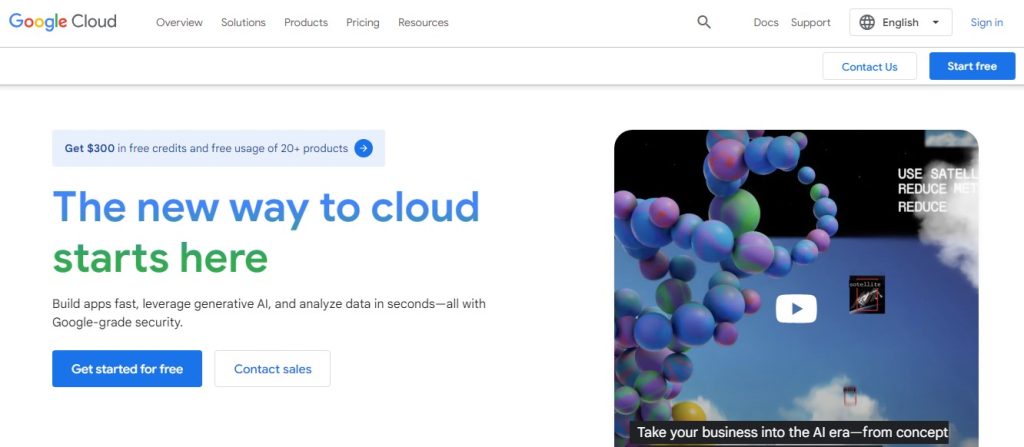
Overview:
Google Cloud Platform (GCP) is a strong contender in the cloud space, particularly known for its capabilities in AI, machine learning, and multi-cloud environments. As a Linode alternative, GCP offers flexible pricing and powerful data analytics capabilities.
Key Features:
- Superior data analytics and machine learning: GCP is a leader in AI-driven cloud solutions and has built-in tools like BigQuery for advanced data processing.
- Low-latency global network: With a robust network of data centers, GCP ensures that your cloud services are fast and reliable worldwide.
- Support for Kubernetes and containers: GCP offers native support for Kubernetes, the most popular container orchestration tool, which is crucial for DevOps teams.
Benefits:
- Excellent for businesses focused on data processing, AI, and analytics, offering scalable solutions tailored to different industries.
- Flexible pricing models that help businesses optimize costs according to their specific usage patterns.
- Strong integration with open-source technologies, making it easier for businesses to innovate using modern tools.
Microsoft Azure
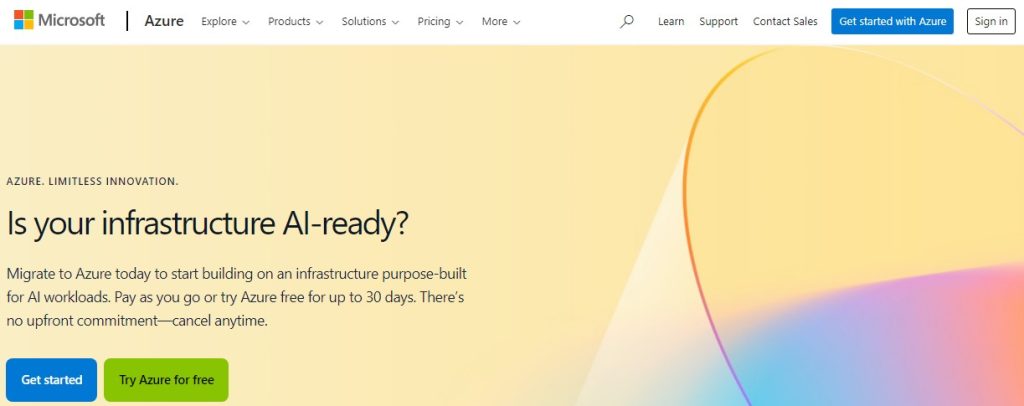
Overview:
Microsoft Azure is a leading cloud platform that integrates seamlessly with Microsoft's ecosystem. For businesses already invested in Microsoft products, Azure is an excellent Linode alternative due to its hybrid cloud capabilities and extensive service offerings.
Key Features:
- Seamless integration with Microsoft products: Azure works flawlessly with Office 365, Dynamics, and other Microsoft services, providing businesses a unified experience.
- Hybrid cloud capabilities: Azure offers unique flexibility, allowing businesses to manage on-premises infrastructure alongside cloud-based resources.
- Advanced security and compliance: Azure ensures robust security with adherence to strict industry standards, ideal for highly regulated sectors.
Benefits:
- Best suited for enterprises already using Microsoft products and looking for a comprehensive cloud solution that integrates easily with their existing setup.
- Strong support for hybrid cloud environments, allowing businesses to transition between cloud and on-premise solutions effortlessly.
- Offers advanced AI, IoT, and big data tools, making it suitable for companies seeking to leverage cutting-edge technology.
IBM Cloud
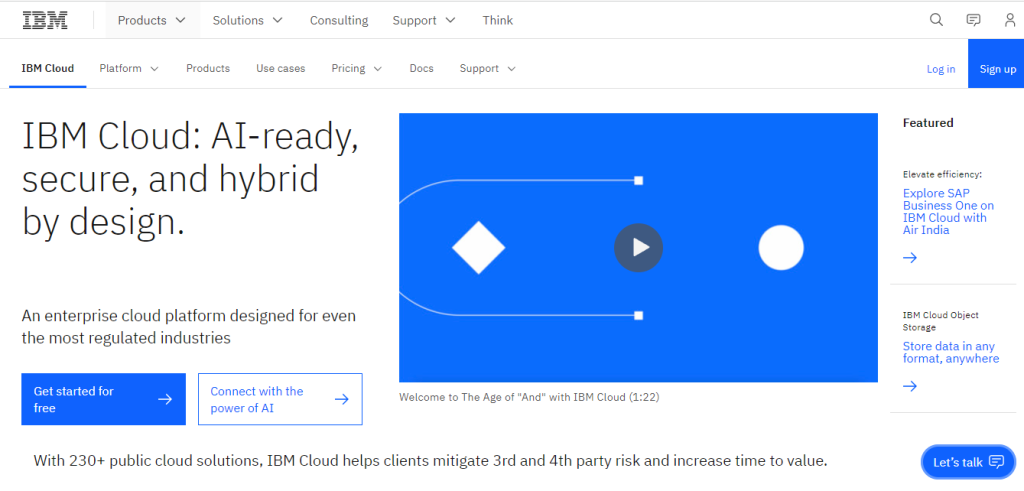
Overview:
IBM Cloud is tailored for enterprises that require secure, scalable, and high-performance cloud solutions. As a Linode alternative, IBM Cloud excels in AI, data analytics, and hybrid cloud solutions.
Key Features:
- AI and machine learning capabilities: Powered by IBM Watson, IBM Cloud provides advanced tools for businesses that need robust AI-driven solutions.
- High-security standards: IBM adheres to strict security certifications like ISO 27001 and offers end-to-end encryption, perfect for sensitive data workloads.
- Support for hybrid cloud environments: IBM Cloud excels in hybrid solutions, allowing businesses to integrate cloud services with their on-premises infrastructure.
Benefits:
- Ideal for large enterprises that need powerful AI and data analytics capabilities alongside a secure cloud infrastructure.
- Strong focus on security and compliance, making it the go-to solution for industries like healthcare, finance, and government.
- Offers a high-performance cloud environment with a global network of data centers, ensuring speed and reliability.
Alibaba Cloud
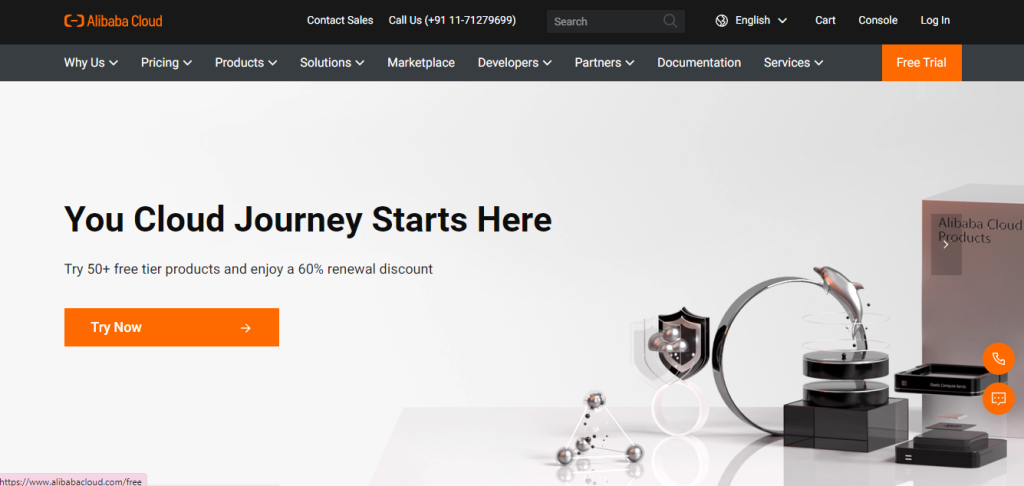
Overview:
Alibaba Cloud is a prominent cloud service provider, particularly strong in the Asia-Pacific region. Its competitive pricing and strong regional presence make it a compelling Linode alternative for businesses targeting the Asian market.
Key Features:
- Competitive pricing models: Alibaba Cloud offers affordable cloud solutions without compromising on features.
- Strong regional presence: With a vast data center network across Asia, Alibaba Cloud ensures low latency and high reliability for businesses in this region.
- Advanced AI and data analytics tools: Tailored for businesses operating in sectors like e-commerce and logistics.
Benefits:
- Excellent for businesses operating in Asia that need cost-effective cloud solutions and regional support.
- Tailored solutions for fast-growing sectors like e-commerce, logistics, and media streaming.
- Affordable pricing makes it an attractive choice for startups and SMBs looking for high-performance services on a budget.
Utho

Overview:
Utho is an emerging Linode alternative that offers cost-effective solutions with a focus on high performance and flexibility. Utho provides advanced infrastructure and networking options, making it suitable for businesses with demanding cloud workloads.
Key Features:
- Up to 60% cost reduction: Utho delivers cloud services at a fraction of the cost of larger providers, making it highly attractive for cost-conscious businesses.
- Managed Kubernetes without additional charges for resources, perfect for DevOps teams looking to scale quickly.
- Free Virtual Private Cloud (VPC) and Cloud Firewall: Enhancing security while keeping costs low.
Benefits:
- Particularly well-suited for startups and SMBs looking to optimize cloud costs without sacrificing performance or support.
- Flexibility and competitive pricing make it a powerful option for businesses needing robust infrastructure with budget constraints.
- Strong customer support, ensuring businesses have 24/7 access to expert assistance.
DigitalOcean

Overview:
DigitalOcean is known for its simplicity and developer-friendly approach, offering scalable cloud solutions with straightforward pricing. It's an excellent Linode alternative for developers and SMBs looking for a reliable cloud provider without unnecessary complexity.
Key Features:
- Simple, transparent pricing: DigitalOcean offers virtual machines (Droplets) starting at just $5 per month.
- Developer-centric tools: Including managed Kubernetes and databases, perfect for small-scale deployments.
- Easy-to-use control panel: DigitalOcean’s platform is intuitive, making it ideal for developers looking for quick deployment and management.
Benefits:
- Perfect for developers and SMBs needing simple, affordable cloud solutions without complex setups.
- Straightforward pricing ensures that businesses can predict and control their costs.
- Offers excellent documentation and tutorials, making it easy for smaller teams to get up and running.
Vultr
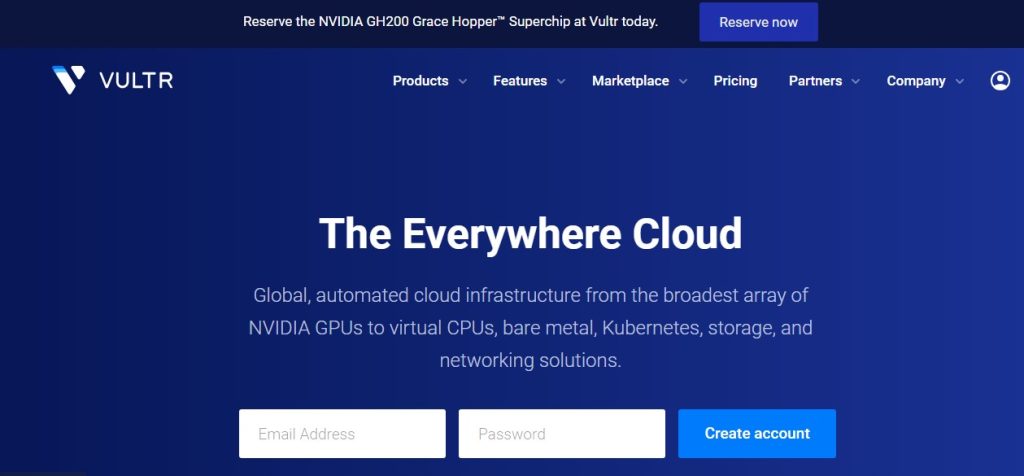
Overview:
Vultr is a cost-effective cloud service provider that offers high-performance SSD cloud servers. As a Linode alternative, Vultr’s transparent pricing and global reach make it a great choice for startups and developers.
Key Features:
- Pay-as-you-go pricing: Vultr offers a flexible pricing model with SSD-based cloud servers.
- 32 global data centers: Ensuring low latency and high performance for businesses with a global audience.
- Wide range of OS and app options: Vultr provides customizable environments for developers looking for flexible deployment options.
Benefits:
- Excellent for startups and developers looking for affordable, high-performance cloud solutions.
- Global data centers ensure that businesses can serve their customers efficiently, no matter where they are located.
- Simple and transparent pricing, helping businesses keep their cloud costs under control.
Scaleway
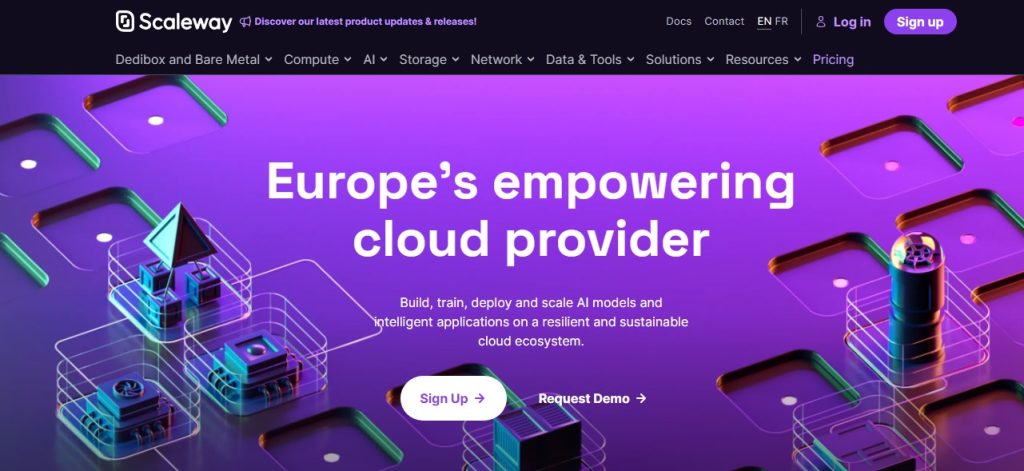
Overview:
Scaleway is a European cloud provider offering affordable cloud services, making it a suitable Linode alternative for startups and smaller businesses seeking simplicity and compliance with European data protection regulations.
Key Features:
- Flexible and affordable pricing plans: Scaleway offers services like virtual machines, object storage, and managed Kubernetes at competitive prices.
- European data centers: Providing strong adherence to GDPR and other data protection regulations.
- User-friendly platform: Simplified management of cloud resources with a focus on small businesses.
Benefits:
- Excellent choice for European startups looking for cost-effective cloud solutions while staying compliant with data protection regulations.
- Simple, intuitive platform that makes cloud management easier for smaller teams.
- Strong focus on security and compliance with European standards.
OVHcloud
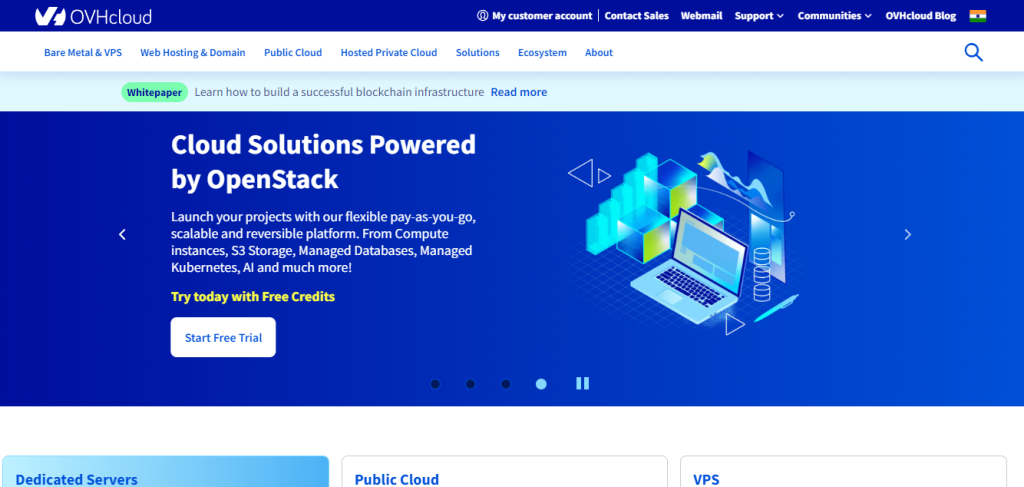
Overview:
OVHcloud, based in France, specializes in providing dedicated servers, private cloud solutions, and shared hosting. As a Linode alternative, OVHcloud caters to European enterprises with a focus on security and compliance.
Key Features:
- Dedicated and private cloud solutions: Offering businesses the flexibility to choose between shared, dedicated, or private cloud environments.
- European data centers: Ensuring data security and compliance with strict European regulations.
- Competitive pricing: Particularly for dedicated server and hosting solutions.
Benefits:
- Best for European businesses that need dedicated hosting solutions with strong compliance to GDPR and other regulations.
- Cost-effective pricing for businesses seeking private cloud or dedicated server solutions.
- Strong focus on security, making it ideal for businesses with sensitive data requirements.
Conclusion
While Linode remains a strong contender in the cloud hosting market, exploring Linode alternatives can help you find a provider that better aligns with your specific needs. Consider factors like cost, scalability, support, global infrastructure, and user experience when selecting the right cloud provider.
Utho: A Strategic Linode Alternative for Businesses
For businesses transitioning from Linode and seeking enhanced performance and exceptional customer support, Utho presents a compelling Linode alternative. Proudly "Made in India, Made for the World," Utho delivers high-performance cloud solutions designed to handle demanding workloads with minimal latency and maximum uptime. With a focus on extended 24/7 customer support, Utho ensures that businesses have continuous access to expert assistance, making it easier to manage and scale cloud environments. Key features like managed Kubernetes without extra charges, built-in security with Virtual Private Cloud (VPC) and Cloud Firewall, and a highly scalable infrastructure position Utho as an ideal choice for companies looking for a cloud provider that prioritizes both performance and support.
Related blogs:
Top 10 Azure Alternatives for 2025
Top 10 Vultr Alternatives in 2025
Top 10 AWS Alternatives for 2025

